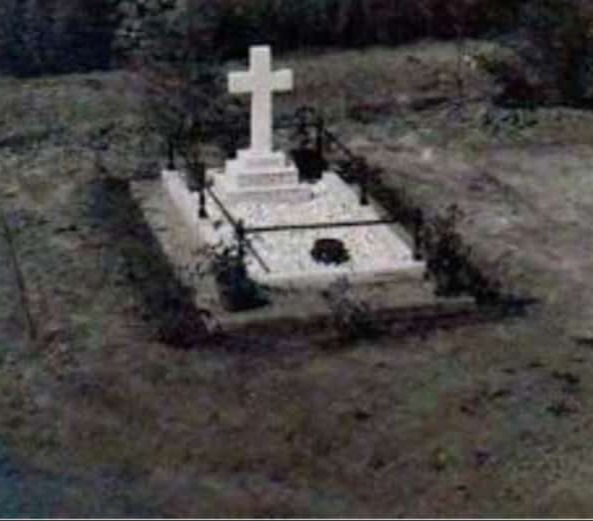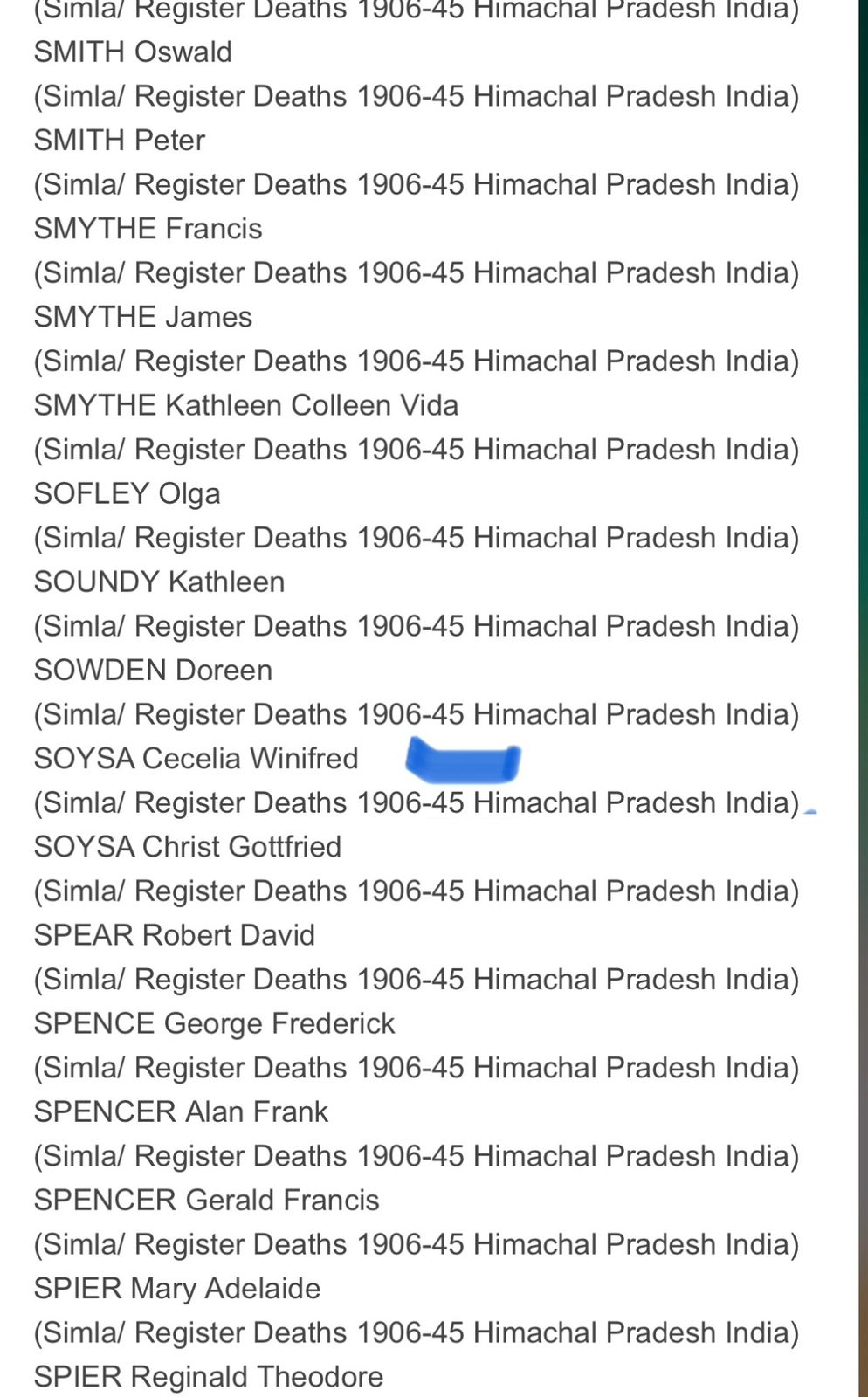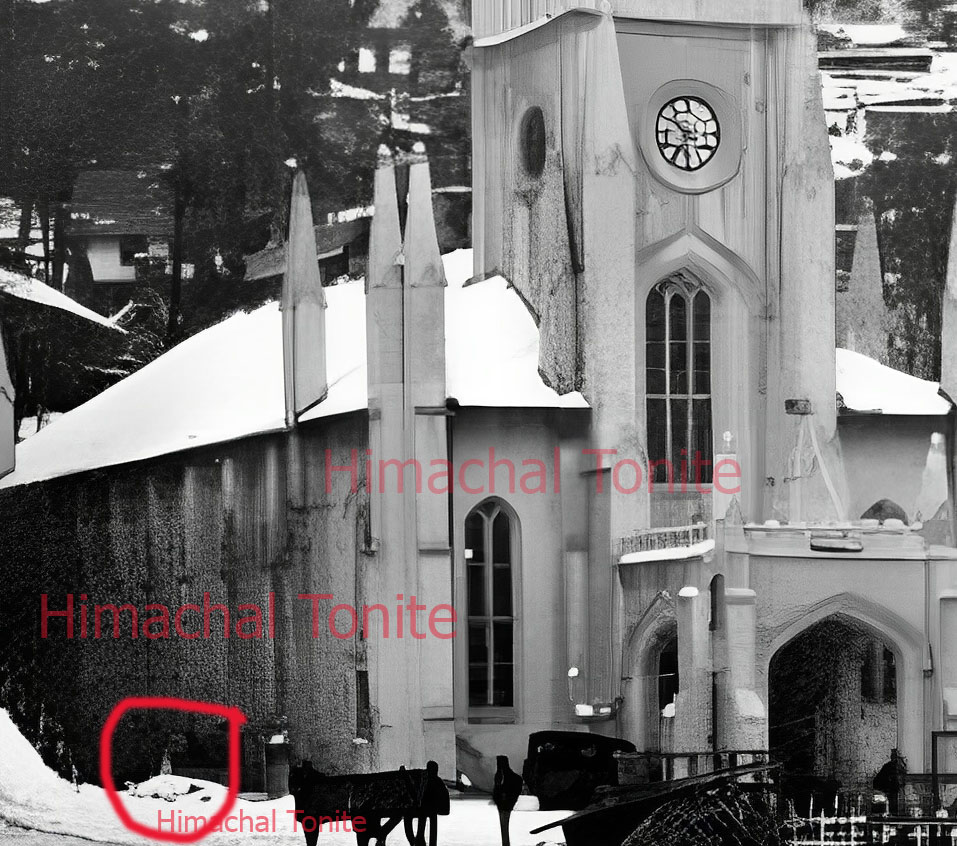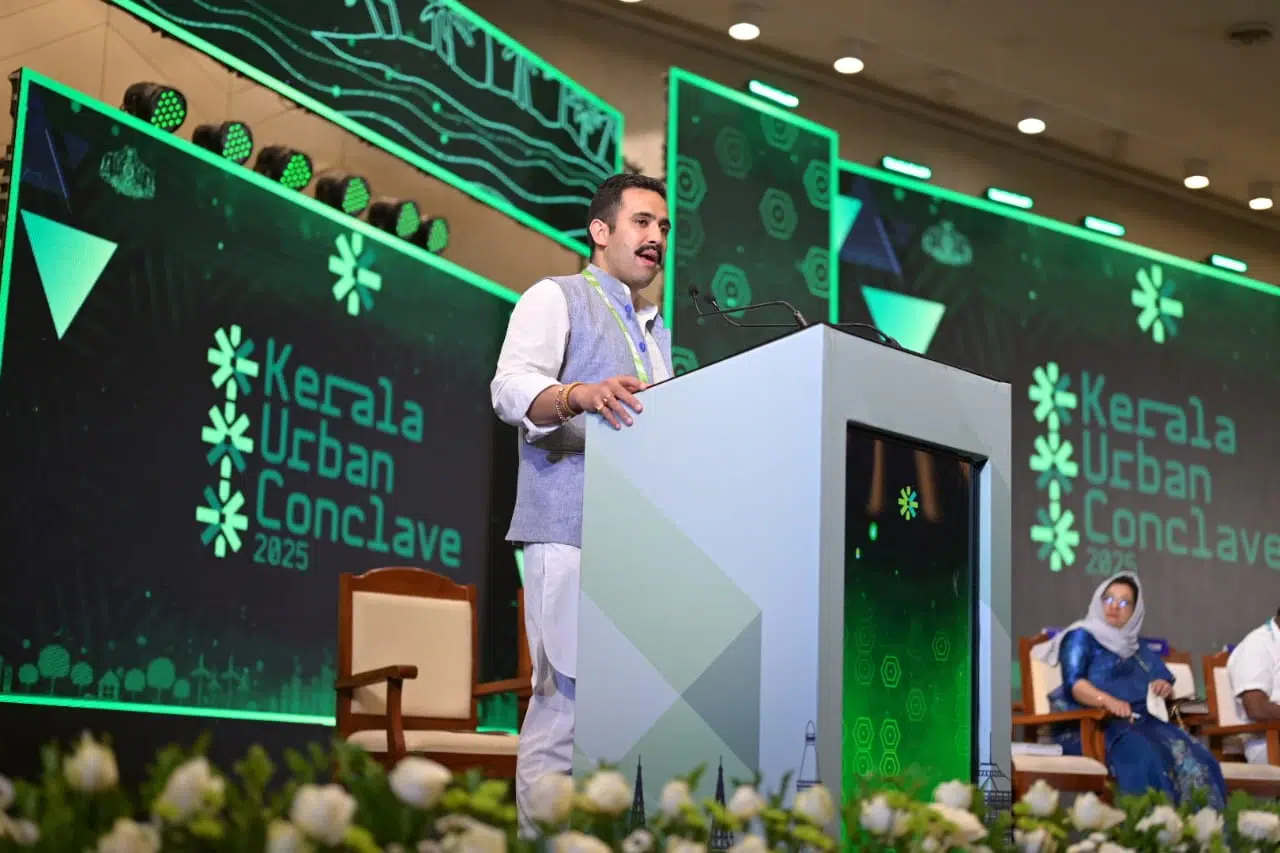Unearthing Silent Echoes: Lost Graves of Shimla’s Yesteryears
6 min read
History’s Fragment Lost: Shimla City That Ate Up Graves!!!
Shimla, Dec 17 Ritanjali Hastir
Shimla, the erstwhile ‘Summer Capital’ of British India, wears the cloak of history, yet beneath its bustling urban facade lie the forgotten whispers of souls laid to rest not only in five cemeteries but in the main town as well; struggling against the relentless march of time and progress.
Shimla is home to five cemeteries that, despite their historical significance, face the challenges of time and urban development, gradually fading into obscurity. These five cemeteries include:
Oakover Cemetery:
Established in 1828, Oakover Cemetery holds the distinction of being the oldest cemetery in Shimla. Opening its gates with the first interment in 1829, the cemetery witnessed around 20 burials until its closure in 1841. Captain Mathew Ford’s grave, dating back to 1841, marked the last interment, prompting closure due to the encroaching Shimla town. Today, few graves retain legible engravings, while most have succumbed to the passage of time.
Kanlog Cemetery:
Nestled below the Central Potato Research Institute, the Kanlog Cemetery, dating back to 1850, gave its name to the surrounding area. Quiet and quaint, the cemetery expanded until its closure in the 1920s. Hosting the resting places of many prominent figures, this serene burial ground features a picturesque landscape.

Nuns Grave Yard, Nav Bahar:
Opened in the 1870s, the Nuns Grave Yard serves as a private burial ground for the nuns of the Convent of Jesus and Mary. Located beneath St. Bedes College in Nav Bahar, this cemetery also commemorates Colonel Parker, who passed away in 1837, though his remains do not rest on this sacred ground.
Sanjauli Cemetery:
Acquired from the Rana of Koti in the 1920s, the Sanjauli Cemetery was dedicated by the Bishop of Lahore in 1921. With approximately 600 graves, including sections for different Christian denominations and even a designated area for suicides, this cemetery stands as a testament to the multicultural history of Shimla.

Cemetery at Barrier, Boileauganj:
Serving as a Muslim cemetery since the mid-twentieth century, this burial ground near Boileauganj replaced an earlier site below the mosque in Boileauganj that had run out of space.
However, in the history of Simla, there have been a couple of graves that never made it to the cemeteries but found a resting place in the town itself. The most prominent one is “The Christ Church” grave. The world-famous Christ Church, reputed to be the second oldest church in northern India, stands tall on the grounds of the Historic Ridge, and without any failure, it has been able to magnetize locals as well as tourists from all around the world for more than 150 years. Being one of the oldest landmarks in the town, it is one of the most prominent buildings on the Ridge. The silhouette of this can be seen on the skyline for miles around.
Yet, within this iconic monument’s compound rests a forgotten grave—no marble epitaphs, no adorned markers. The story etched in this unmarked plot speaks volumes about the town’s commitment to its history and the blatant disregard for those who found solace in its sacred embrace.
Almost a decade ago, it was shared by the then-Reverend Deacon, who has also been baptized, confined, and still worshiping in the same church. There was a grave in the church’s courtyard, but unfortunately, no one clearly remembers the name and date marked on it.

There are various stories whispered in the town about people who still have some memory of the forgotten landmark. As per one version related to the grave, an English missionary lady who resided somewhere in Summer Hill passed away during the winter season. Despite roads being blocked due to heavy snowfall, somehow the other missionaries managed to bring the body of the lady up to the Ridge’s Church and bury her there as it was impossible to mobilize the body to the cemetery further.
Another version says an English lady who used to play piano in church one day got stuck inside due to heavy snowfall and continued to play piano, being unable to move out for days together, and eventually passed away. When people came inside, thus finding her dead, they buried her in the courtyard.
Recently, someone claimed it was the grave of a pastor’s dog. However, the person was confused with the grave of “Coonah,” owned by Lady Gomm at “The Barnes Court,” popularly known as Raj Bhawan, under a tree near the gate.

It was unfortunate that most of the authorities at that time denied the very existence of the grave, as it was covered with cemented tiles, and a lot of notices were served for publishing and verifying the details of the same. As it is said, the truth cannot be muzzled, so here, after almost a decade, we have an old image showing the grave.

Within the church compound, towards the north, lies a grave, the inscription on the headstone long since obliterated. But parish records say it is the final resting place of one Cecilia Winifred Soysa, who passed away on January 4, 1945, but could not be taken to the cemetery at Sanjauli because of a heavy snowfall. A week later, she had to be interred in the church compound.


http://kabristan.com/
Confirm Cecilia Winifred Soys’s burial in Shimla. If not 1945, then for sure between 1906 and 1945.

With time, all historical things are getting distorted. To point out, there is a contradiction about the person who performed the church’s consecration ceremony: was it the Right Reverend Thomas Dealtry, Bishop of Madras, on January 10, 1857 (as per the book Simla Past and Present, edition 1904) or Bishop Wilson of Calcutta, as the stone outside the church says?


Apart from the iconic Christ Church, there were “Twin Graves” that rested close to the DC Office in the olden days which have now been long forgotten and buried under the urban development as hotels and a school now dominate the place below Dalzell, spelled Dalziel in current times.

As described by one of the old residents and well-respected citizens of Shimla, “There was no marble marking on the graves. There was a stone border that surrounded the grave, and I later cannot recall when and where it disappeared.”

The Bible says, “Remove not the old landmark; and enter not into the fields of the fatherless; for their redeemer is mighty; he shall plead their cause with thee.” But the teaching seems to have been completely forgotten. As the shadows of time lengthen, the unmarked grave within the sacred precincts of Christ Church beckons us to revisit forgotten narratives.
Shimla Municipal Corporation has done little to restore and record such historical information, along with the doyens of history, wherein each version begins to vary and now seems to have lost the essence of this historic town. This is a plea to preserve what’s left of Shimla’s history, not just in its towering structures but in the hallowed grounds where tales lie silently buried. The town’s legacy is a collective tapestry, woven with the threads of individual stories. The Christ Church Grave, unmarked and unnoticed, whispers a reminder—a call to rekindle empathy, uphold accountability, and safeguard the sanctity of every resting soul. In the heart of Shimla, let the echoes of history find resonance, transcending the passage of time and echoing through the corridors of remembrance.
Note: The name of the source has been concealed to avoid any harassment. Old grave photos can be checked in Shimla’s local photo studio as well to verify their authenticity.





